|
Scar Tissue and pain related symptoms are often overlooked in pain throughout our body. If you have a scar, read on to know more on how it may be affecting you. For some, scar(s) bears a reminder of the trauma to achieve it while some just think it's unsightly or aesthetically unpleasing to the eyes but whatever the reason is, ridding of a scar can be costly as they go under the cosmetic surgery category. So here, we will help you to do a DIY thus affordable for anyone who's willing to give it a try to self treat your scar. Releasing a scar can as well release any kept emotions or trauma within it. First let's talk about the most recent developments in the research field of the connective tissue commonly known as fascia. The fascial networks under our skin are thorough enough that whatever we do with our body will be reflected both inside out and vice versa. Think about how our fascia is literally under the skin right down to the bones, covering each and every organ and our "insides" (Pic 1.1). Our tissues need a bit of tough love to keep them having optimal elasticity, pliability, the flow of interstitial fluids which is essential for a healthy and pain-free body! It also helps us recover from our workouts faster, helps us avoid pain, repetitive motion injuries and all the things that give us pain in our adulthood lifespan. Now with the picture below (Pic1.1), you can have an idea if you cut the fabric you would have to sew it back and the fabric gets shorter and starts pulling places beyond the sewn area. Now without realising this and going back into life and doing our sports or living a sedentary lifestyle, we are creating more fibrotic tissue which is a build-up of tissue to hold the integrity of the affected area. Months pass by and now you have created a strain of patterns which may be interpreted as tightness of the traps, lower back, shoulder dull pain and aches for example. By this time you would have changed your body's mechanics due to sub-conscious shifting of your body daily for the past weeks that have become months and soon enough chronic pain is manifested into something that would be bothering you or might even be something that is affecting your quality of life. Now that pain will manifest into you being easily agitated or feeling tired and having a lack of energy...things that we don't actually think is associated with our scar(s)! Scars are never alike and the depth of it is hard to tell, just like the iceberg concept (Pic 2). But you can be sure the tissues from the area of the scar is affected and has more fibrotic tissues around it which may be pulling or impinging nerves and causing tissue hypoxia in muscles, which again depends on the types of scar and depth of the healed scar tissues. What type of scar do you have? Wouldn't a scar just be a scar that has healed up? Long story short, NO. Different types of scar have different and various reasons of how it happened, what type of healing it has gone through, kinds of procedures, the trauma the tissues have gone through and how long it took to heal and so on! You can, however, use a general rule of thumb for most scars. In such that they are all not mobile under the skin and might be contributing to the pain you have after that ACL surgery that you went through or cesarean (c-Section) and so on. Types of scar There are four types of scar you would be looking at that may be affecting you and how you can make the tissues more mobile and help them re-heal properly. In most cases, the colour will follow major changes from dark to light and the texture will be from a hardened criminal to a softened dough. Working on scar tissue is not a complex procedure, it just takes extra love and time for changes in both aesthetics and function of your tissues. Below we will take you through a few simple steps to learn about your scars and how you can improve them. In pic 3.2, you can see a simplified version of how scar tissues can appear and may restrict your visceral organs causing a myriad of unseen health problems. Symptoms may include IBS(irritable bowel syndrome), pain around the lower parts of the pelvic region, persistent or pain during the transition from sitting down to standing up. Postural changes that may accompany the C-section scar may include the tilting of the pelvic region (anterior pelvic tilt) which is a high cause for low back pain. Steps to self-treatment:
Hypertrophic scar's (pic 4.1) characteristics are wide, slightly raised and does not extend out of the closed scar. They usually form this way due to the trauma of the deeper layers of the tissues. The body deposits excessive amounts of collagen which gives rise to a raised scar but not to the degree observed with keloids. In this case of the picture above, you can see how it may affect this person's neck shoulders and arms which may lead to frozen shoulder, migraine headaches, misaligned shoulder blades and might even shorten his biceps making reaching backward hard and painful or with restrictions. These small things are what causes the body to make subtle adjustments that our conscious mind will not know unless your awareness of your body is relatively high. Steps to self-treatment:
Burn/acid scars are widespread and you can usually feel they are separate from your tissues underneath and from the core it will usually be hard and dry, as you come out towards the ends of it, it gets softer and more hydrated blending into the skin. The colour of burn scars as well differs as to if you have a 1st, 2nd or 3rd-degree burn(Pic 4.3). They are also considered a "contracture scar" which tightens up and restricts motion. Contracture scars may tighten the skin, muscles, and tendons, and make it harder for you to move, again depending on how deep the degree of the burn is. The contracture scar may have parts of it that is slightly raised showing characteristics of hypertrophic scars which is not uncommon. Steps to self-treatment:
Keloid scar is an eyesore, they are raised way more than hypertrophic scars, they extend beyond the closed scar (original wound) and they may grow for weeks, months..even years! But they do stop growing and if aggravated further by trauma or excessive manual therapy, it'll grow, so don't touch it too much. Steps to self-treatment:
If you do have a scar and you still want it worked on by a qualified therapist (trained in UK under Sharon Wheelers ScarWork), we have great news for you! We are constantly looking for scar tissue treatment and it is FREE(terms & conditions apply).
|
Archives
March 2024
Categories
All
|
Services |
Company |
|
|
Integrated Training Institute
|

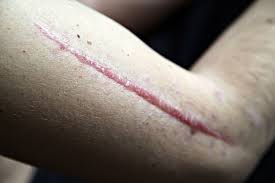
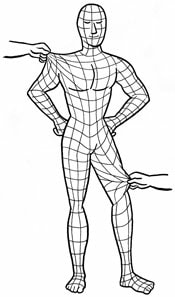

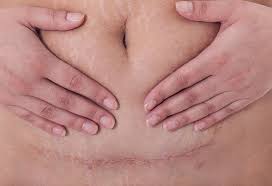
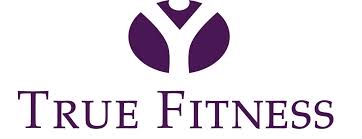
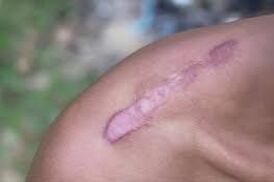
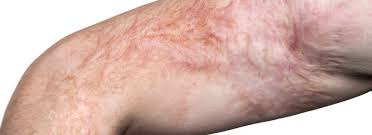
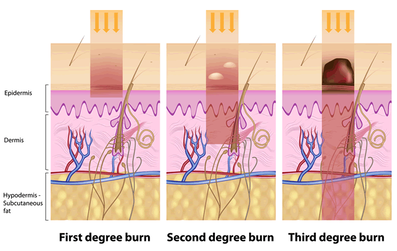
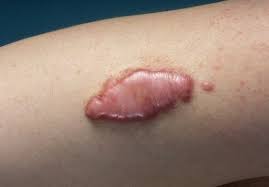
 RSS Feed
RSS Feed